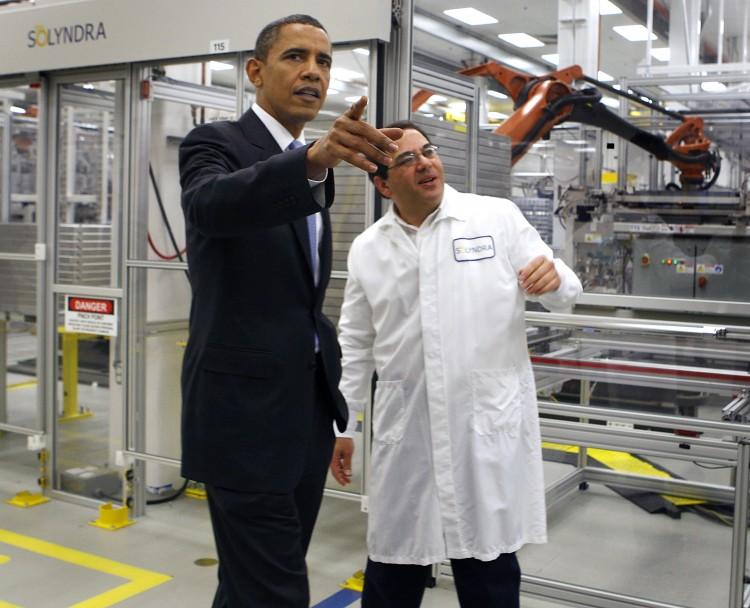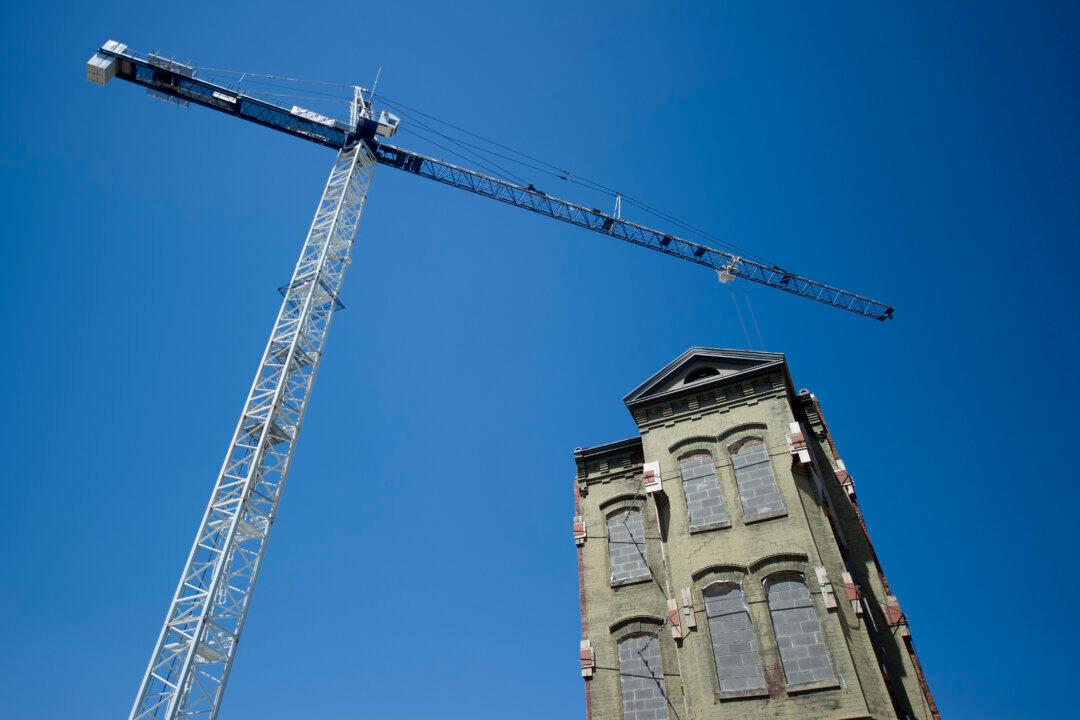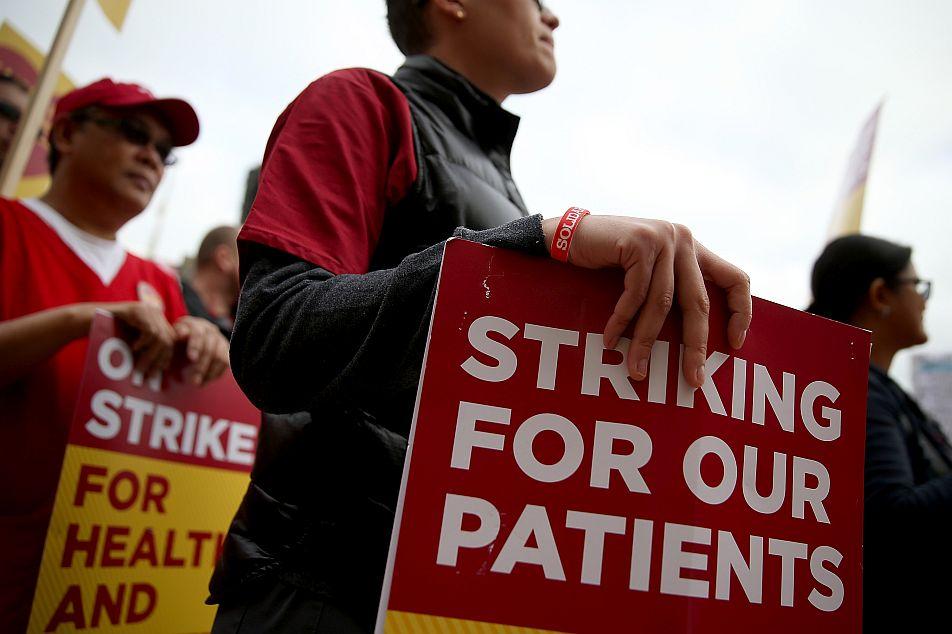The media had a field day dragging President Barack Obama and the sitting administration through the fire pit after the bankruptcy filing by Solyndra Inc., a Fremont, California-based solar panel manufacturer that received a $535 million loan guarantee from the Department of Energy (DOE) in 2009.
The production of Solyndra solar panels was to generate $309 million for the U.S. economy. By May 2010, more than 3,000 construction workers were building the facility. But this plant was only meant for assembling the product, while suppliers from 22 U.S. states were to produce the parts needed for the assembly.
A domino effect was envisioned, creating several thousand jobs countrywide, including production and product sales.
“Solyndra expects to hire a thousand workers to manufacture solar panels and sell them across America and around the world. And this in turn will generate business for companies throughout our country who will create jobs supplying this factory with parts and materials. So there’s a ripple effect. It’s not just localized to this area,” Obama said in his speech at Solyndra in May 2010 and published on the White House website.
Solyndra was approved under the DOE $32.7 billion stimulus program of which $6.7 billion was allocated for energy efficiency and renewable energy. Besides the DOE support, Solyndra was handed California tax breaks worth $25.1 million based on $161 million in qualified property purchases, according to the 2010 California Alternative Energy and Advanced Transportation Financing Authority annual report.
What has not been widely publicized is that private sector investors thought highly enough of Solyndra’s ability to produce and make a bundle in the process to pump about $1 billion into the company.
“So, why did DOE complete the loan guarantee in September 2009? First, Solyndra was able to raise an additional $219 million in private capital. DOE then completed the three-year loan approval process and closed on the $535 million loan guarantee (representing 1.3 percent of the DOE program’s investments),” according to an article on the mlive.com blog.
Coming to a Screeching Halt
In September, Solyndra filed for Chapter 11 of the U.S. Bankruptcy Code after shutting down operations and laying off 1,100 of its workers.
Chapter 11 is used when the firm has to restructure debt and has the intention to reorganize and continue operations.
“Despite strong growth in the first half of 2011 and traction in North America with a number of orders for very large commercial rooftops, Solyndra could not achieve full-scale operations rapidly enough to compete in the near term with the resources of larger foreign manufacturers,” said Solyndra in its August 31 press release announcing its suspension of operations.
The company went on to say that there was an oversupply of solar panels in the world markets, depressing prices to the point that it no longer could compete, as well as the uncertainty of government support both in the United States and in European countries.
Prices plummeted because the Chinese regime subsidized its solar power industry, pumping $30 billion into the sector, according to the mlive.com blog. As a result, the cost of solar-based products dropped by 50 percent, driving those with no government subsidies out of the market.
Once prices for solar panels began their steady downslide, Solyndra had a hard time competing in the market. It asked DOE to restructure its loan, but DOE played hardball and “in August 2011, DOE refused to restructure the loan, resulting in Solyndra closing its doors and laying off 1,100 workers,” according to the mlive.com blog.
Chinese Regime Driving Energy Companies From Market
The folding of business operations is troubling, especially when taxpayers’ funds and large tax breaks are involved. But more so when the problem can be laid squarely in front of the Chinese regime’s subsidization of industries to drive prices down to a point where foreign companies can’t compete in the world market. While other governments will provide help, there is not the intention to drive competitors from the market.
Evergreen Solar Inc., a Massachusetts clean-energy company, filed for bankruptcy after receiving grants, land, loans, tax relief, and other Massachusetts government subsidies amounting to about $58 million, citing the inability to compete with China.
“Evergreen itself has a factory in Wuhan, China, built in collaboration with a Chinese company, Jiawei Solarchina Co. Ltd., and with money from a Chinese government investment fund. The company had previously said it would shift some production from Devens to the Wuhan plant,” according to an article on the MassDevelopment website.
Then SpectraWatt Inc., a solar manufacturer and former subsidiary of Intel Corp., filed for Chapter 11 bankruptcy to restructure its debt, citing the Chinese regime’s driving down of prices through subsidization of its solar industry as the reason. The firm’s equipment was auctioned off at the end of September. Canadian Solar Inc. bought all assets for $4.95 million with the intention “to move the plant’s equipment ‘lock, stock and barrel’ to China,” according to an article on the timesunion.com website.
Other companies that produce energy efficient products are driven out of business or into bankruptcy proceedings because China’s regime subsidizes its clean energy producing industry, driving market prices down.
Citing the Chinese regime’s subsidies and Chinese companies’ anticompetitive behavior, the German-based Solon Corp. announced in August that it will close its Arizona’s green energy module manufacturing plant before the end of the year and lay off 60 employees. For the same reason as Solon Corp., SolarWorld AG, a German-based solar module producer announced in September that it would close its California plant, as well as some production lines in Germany, because it could not compete with Chinese companies’ below market prices.
Next...Counter Attacks in the Making
Counter Attacks in the Making
“As evidence mounts that foreign exporters are increasingly circumventing U.S. trade laws, in order to undermine American producers, a bipartisan group of U.S. Senators introduced legislation to create the discipline necessary at Customs and Border Protection (CBP) to stop these trade cheats and level the playing field for U.S. manufacturers and workers,” said Sen. Ron Wyden (D-Ore.) on his website.
In a policy brief, Wyden’s office said that the Office of the United States Trade Representative has found evidence that the Chinese regime uses subsidies for its green energy industries and has not notified the World Trade Organization (WTO); it thus filed a complaint with the WTO in October.
In mid-October, the Coalition for American Solar Manufacturing, representing seven U.S. solar cell manufacturers, with SolarWorld Industries America Inc. in the lead, filed a complaint with the U.S. Department of Commerce and the U.S. International Trade Commission in an effort to counter the Chinese regime’s unlawful trade practices.
The group alleges that the Chinese regime provides a myriad of subsidies that include land grants, trade barriers, and grants and cheap loans that violated WTO agreements and in the process drives the competition into bankruptcy.
“The Chinese government—its state-controlled financial, utility and other institutions intermingled with its solar manufacturing industry—has deployed an arsenal of land grants, contract awards, trade barriers, financing breaks and supply-chain subsidies to advance its pricing and export aggression,” according to a recent SolarWorld press release.
Not only does China’s regime provide subsidies, but “along the way, it also sidesteps U.S.-level manufacturing standards for labor, quality, and the environment,” said the SolarWorld press release.






